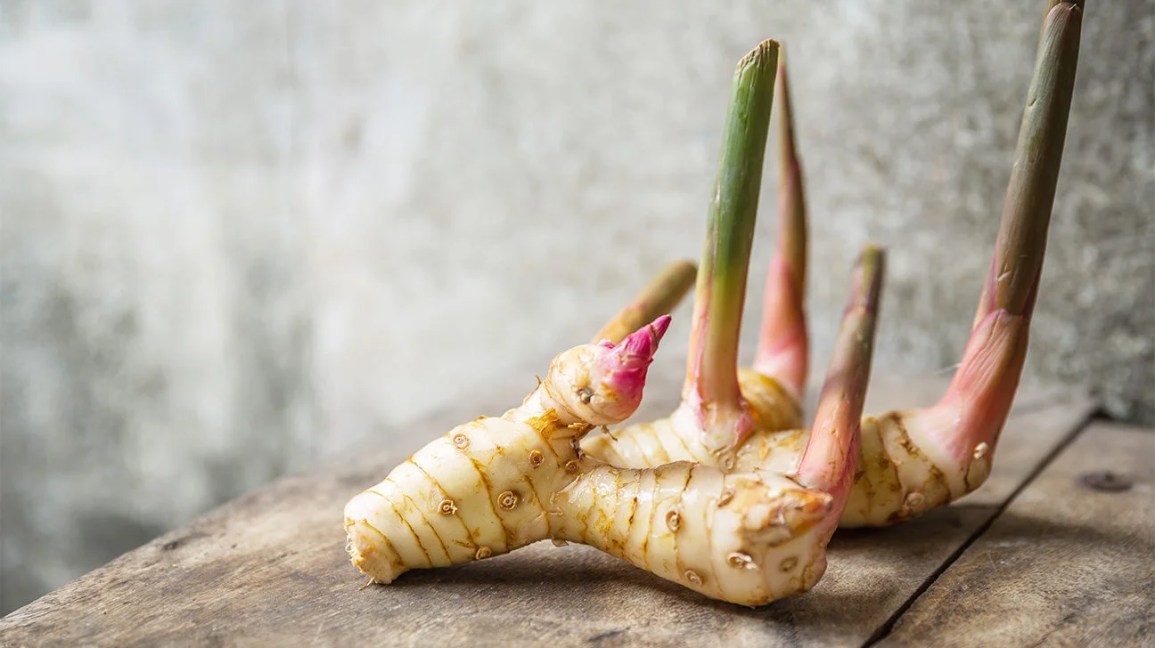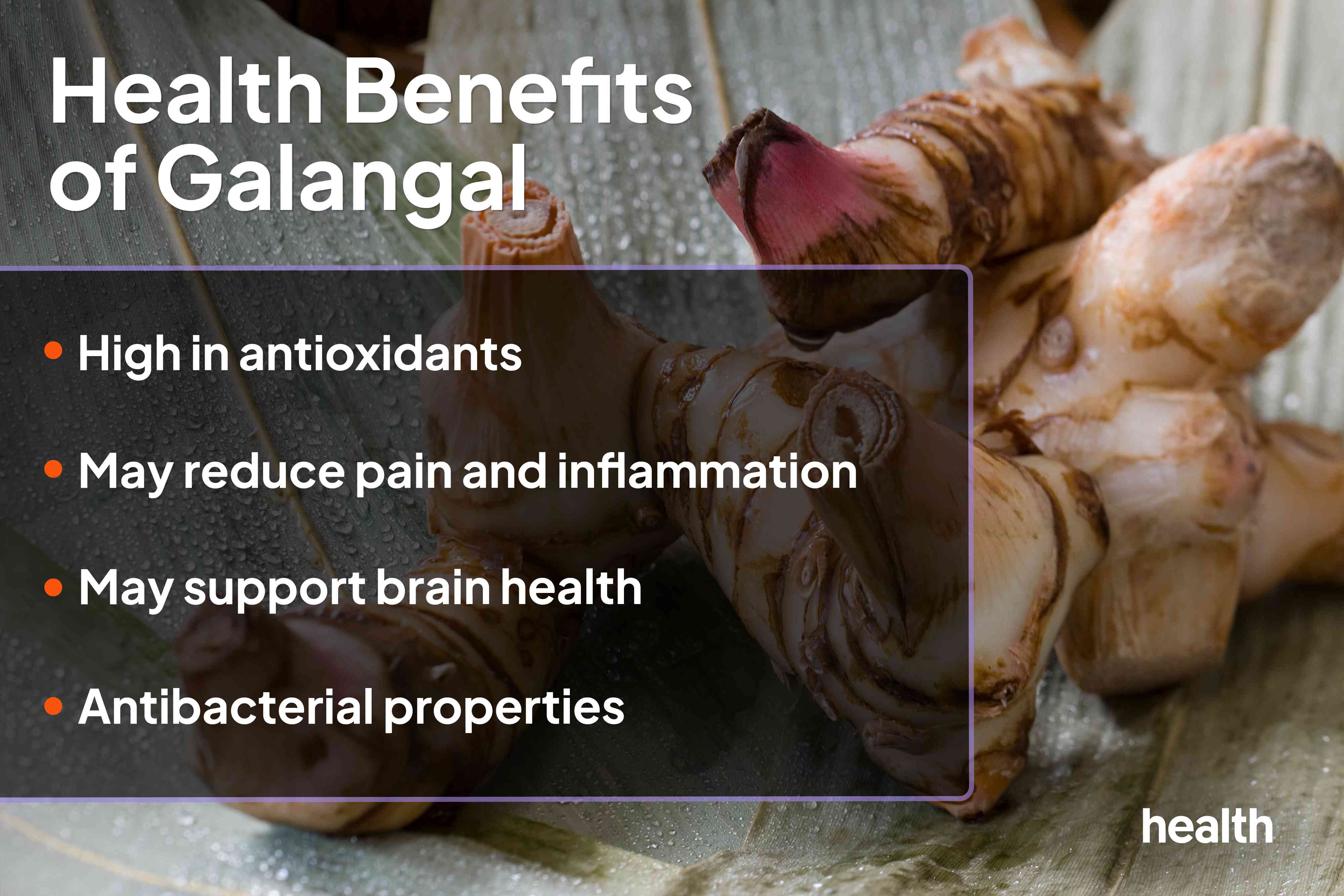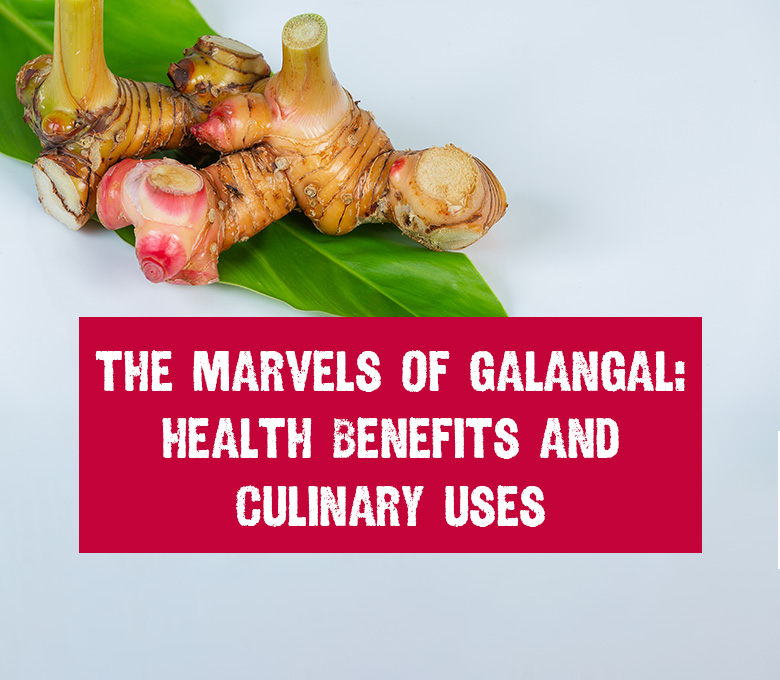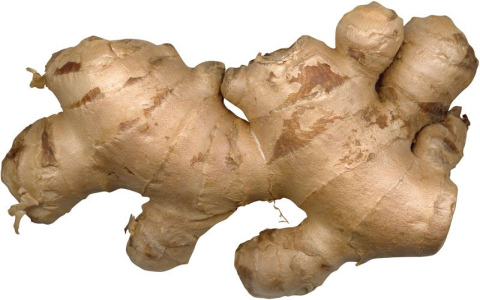So, I wanted to share a bit about my own messing around with stuff in the kitchen, specifically with galangal. It’s funny how you stumble onto things, right? I wasn’t exactly on a quest for some ancient secret, more like I was just bored with my usual cooking spices.
How I Even Got Started With This Stuff
Honestly, I’d been feeling a bit sluggish for a while. You know, that kind of “meh” feeling where nothing is seriously wrong, but you’re not exactly bouncing off the walls. I figured, maybe my digestion was a bit off, or I just needed a kick. I’d seen galangal in the Asian market plenty of times, sitting there looking like a tougher, paler cousin of ginger. For ages, I just walked past it. Ginger was my go-to. Easy, familiar.
Then one day, I was watching some cooking show, some obscure one, and they were using galangal. The chef made it sound so much more interesting than ginger, with a kind of peppery, citrusy kick. I thought, “Okay, why not? Let’s give this a shot.” It wasn’t some grand health plan, more like a culinary adventure that I hoped might make my food taste less like the same old thing every day.
This whole period, by the way, reminds me of when I tried to learn coding. Everyone was like “Python is easy! Just do this!” and I spent weeks just trying to get the environment set up. Sometimes simple things are made complicated, and sometimes you just overlook the simple things right in front of you. That was me with galangal.

My Little Experiments and What I Did
So, I bought a piece. It felt really firm, much harder to cut than ginger. The smell was different too – sharper, more perfumed. My first thought was, “Okay, this is definitely not ginger.”
My first experiment was simple. I was making a chicken soup, kind of a Thai-inspired thing.
- I sliced a few thin rounds of galangal and tossed them in. I was a bit cautious, didn’t want to overpower everything.
- I also added it to a stir-fry, grating a small amount in, just to see.
The flavor was a winner. It really did add that unique zing the chef talked about. My food suddenly had a new dimension. But then I started reading a bit more about it, just out of curiosity. People were saying it’s good for your stomach, helps with nausea, things like that. Classic “old wives’ tale” stuff, or so I thought.
Since I was already cooking with it, I thought, “What’s the harm in trying it out more deliberately?” So, I started making a simple tea.

- I’d just take a few slices of fresh galangal.
- Boil them in water for about 10-15 minutes.
- Sometimes I’d add a bit of honey, sometimes just drink it straight.
I wasn’t expecting miracles. I’m not one for quick fixes or magic potions. I just did this, pretty regularly, maybe three or four times a week, usually in the morning or after a heavy meal.
So, What Happened? My Observations
Okay, here’s the thing. After a couple of weeks of having this galangal tea, and using it more in my food, I genuinely started to feel a bit… better. It wasn’t like a sudden lightning bolt. More like a gradual unwinding of that sluggish feeling. My stomach felt calmer, less prone to that afternoon bloat I used to get. I felt a bit more settled, you know?
Was it a placebo? Maybe. Who cares, right? If it works, it works. I’m not saying galangal is going to cure all your problems. It’s not some superfood that will make you live to 150. But for me, it just seemed to gently nudge my system in the right direction. It felt like my digestion was working a bit more smoothly.
I also noticed I wasn’t reaching for antacids as much. That was a big one for me, because I used to pop them fairly often, especially after certain meals. This was a clear change I tracked.

It’s funny, all those fancy supplements and health trends out there, and here was this simple root, been around forever, just sitting in the market. I kind of wish someone had just told me, “Hey, try this gnarly looking root, it might make your tummy happier,” years ago. Would have saved me some discomfort and probably some money on other stuff that didn’t do much.
So yeah, that’s my little journey with galangal. No grand scientific claims, just what I did and how it seemed to work out for me. It’s now a staple in my kitchen, both for the taste and for that little bit of well-being it seems to bring. Simple stuff, really, but sometimes that’s the best kind.


